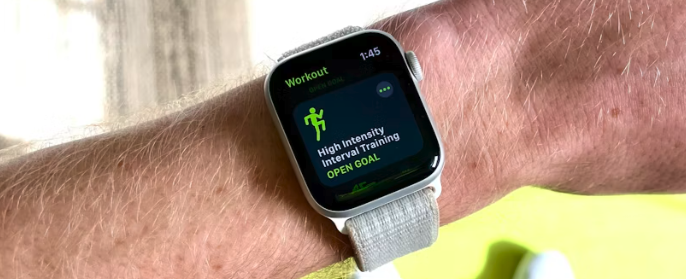
You’ve built a sleep-tracking ring. Or a fertility app. Or maybe you’ve got some very clever AI doing early diagnosis. You’re not calling it a medical device... you’re calling it innovation, wellness, smart living.
Fair. But here’s the catch: if your product walks like a medical device and talks like a medical device... UK regulators might just treat it like one. And that can bring some serious compliance baggage with it 🧳
So, let’s talk about when your shiny digital health product might actually be a regulated medical device in the UK, and what to do if that’s the case.
Under the UK Medical Device Regulations 2002, a product (including healthcare apps or standalone AI software) is considered a medical device if it’s intended to:
Intended use is the key phrase here. Not just what your product does, but what you say it does. This includes what you write on your app store page, website, or investor pitch deck.
So, if you’re positioning your platform as helping with PCOS, fertility tracking, mental health screening, or analysing diagnostic test results? Even if it’s just “informational”? You might be stepping into software as a medical device (SaMD) territory, and that means MHRA approval could be required.
There’s a bunch of innovation happening in UK digital health, but some popular product types are increasingly attracting attention from the MHRA (the UK regulator). Like:
If your product helps influence treatment or care decisions, even as software, it could need UKCA marking and be subject to UK medical device classification.
A friendly reminder: disclaimers like “for informational purposes only” won’t save you if the rest of your marketing suggests otherwise.
If your health app implies that users can rely on it for diagnosis, treatment decisions, or clinical advice, the regulator may still classify it as a regulated medical device 🩺. It’s the overall impression that matters, not just your disclaimer.
This is particularly important for startups working in AI diagnostics, mental health screening, or fertility prediction apps, where even subtle language can trigger MHRA software as a medical device classification.
Don’t panic. But do get organised.
If your digital health product qualifies as a medical device under UK law, you’ll need to:
Hot tip: AI software and diagnostic tools often land in Class IIa or higher, especially if they help with treatment decisions.
Good news, but that doesn’t mean you’re totally off the hook. You may still need to think about:
Even if you’re not regulated as a medical device, you still need to tick some pretty big compliance boxes if you're building a health tech startup in the UK.
Whether you’re early-stage or scaling up, here are some steps we recommend for health tech founders and product teams:
✅ Sense-check whether your product has a medical purpose
✅ Read up on MHRA’s Software as a Medical Device and AI guidance
✅ Build compliance into your product - from UX to data flows to model transparency
✅ Be careful with language. Claims like “detect”, “treat”, or “improve symptoms” could imply regulated use
✅ Bring in legal and regulatory support early, trust us, it’ll save you time (and money)
Regulation doesn’t have to kill your momentum, but ignoring it definitely can.
Whether you’re working on femtech, wearables, AI-powered diagnostics, or mental health platforms, understanding your regulatory obligations is critical. The MHRA and other bodies are sharpening their focus on algorithmic transparency, health claims, and user safety... and fast.
So: check your regulatory position early, plan for growth, and build trust through compliance.
Need a hand navigating it all? That’s what we’re here for. Get in touch with Founders Law - we’ve got your back from idea to regulation 👊